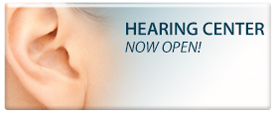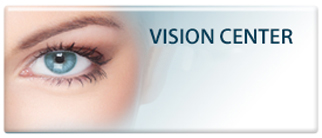Looking for a change? Colored lenses make wearing contacts a little bit more fun and interesting each day, and they’re growing increasingly popular across the country and even in Southaven. Color contact lenses can be used to enhance your eye color or change it completely, helping complete any look and style you want.
All color lenses are soft contacts. There are disposable and long-term options depending on your needs. If you only want to wear color contacts occasionally or plan on changing your eye color frequently, daily disposables are the best option. Conversely, longer-term contacts may be better for those who are looking for a permanent enhancement or change.
There are two main categories of color contacts: lenses that offer vision correction (prescription) and lenses that are used purely for cosmetic purposes (plano). Both prescription and plano color contacts require a prescription. Color contacts can correct myopia (nearsightedness), hyperopia (farsightedness) and astigmatism. They’re just as effective in correcting your vision as regular soft contacts.
There are three tints of color contact lenses available, each of which will give you different results. The types of color contact lens tints are:
- Visibility tint—These color contacts are not intended to change your eye color. Rather, they’re slightly tinted to help you see them when you insert, remove or drop them. Visibility tints are usually green or blue.
- Enhancement tint—Enhancement tint color contact lenses are intended to boost your natural eye color. They work best for people with lighter eyes and either alter or intensify your eyes’ natural color. Enhancement lenses are solid in tone and semitransparent.
- Opaque tint—Color contacts with an opaque tint are non-transparent lenses that completely change the color of your eyes. They come in both natural and unnatural colors and can also create effects with textures or patterns. They’re effective for all eye colors.
Safety Guidelines for Color Contacts
Color contact lenses that we’ve correctly fitted, sized and prescribed are safe to wear daily, regularly or occasionally. Color contacts purchased online or from a retailer without a prescription are not only illegal but also highly unsafe—even if they’re only in your eyes for a few hours. Properly purchased color contacts come with the same advantages, disadvantages and risks as regular soft lenses. Opaque lenses can occasionally hinder vision in very low light situations where your pupils’ dilation is larger than the clear center of the contact. Like any other eyewear, you should never share your prescribed color contacts with others.


